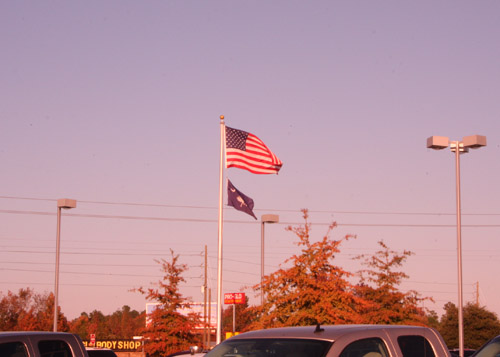

Figure 1 - Auto-WB image from a modified Canon 40D
Figure 2 - Same camera but using a custom WB


Figure 3 - Auto-WB image from a modified Canon 40D
Figure 4 - Same camera but using a custom WB
Managing White Balance in a Modified DSLR
|
I often get questions regarding whether a DSLR that has been modified
for increased hydrogen-alpha sensitivity can be used for
"normal" photography. After all, these DSLR's are not
exactly inexpensive and it would be nice to be able to have the camera
available
for other uses when not out under the stars. The short answer is
YES. However, since the automatic white balance in the camera is
calibrated for the color response of the stock filter, a
distinctive reddish hue is the result when using modified IR filtering
since much more light
at the red end of the spectrum is coming through the filter than the
camera is expecting. The answer is to use a custom white
balance. The process is very common among professional photographers since they often
choose not to trust the automatic white balance in the camera which can
easily be fooled by various environmental lighting situations.
Using a custom white balance is fully described in each DSLR's instruction manual. It is really a very simple concept. The photographer takes a quick shot of a white card or other object and tells the camera to use that image as its white reference until told otherwise. The camera then calculates the same red, green and blue mathematical coefficients to use in balancing the colors of all subsequent images. However, since there are MANY shades of white which can have slight amounts of color mixed in, as anyone who has tried to choose white paint at a paint store can attest, a much more accurate method is to use a special 18% gray card designed especially for the purpose. These cards come in various sizes and are designed with a texture that reflects only the light falling on it and minimizes any reflected stray colored light from surrounding objects. Photographic reference gray cards can be found at most well stocked photographic dealers, or at many online vendors. I purchased mine from Robin Myers Imaging at http://www.rmimaging.com/products/graycard_index.html. If shooting in sunlight, you simply take a quick image of the reference card held in direct sunlight and using the instructions for your particular camera, set that image to be the custom white balance reference. When changing light sources, such as when entering a building with incandescent or florescent lights, a new reference image must be taken. But again, it only takes a few seconds and the reference card can be stored in your camera bag and taken anywhere. Note, however, that most DSLR's only allow custom white balances to be used in the manual modes...i.e. aperture priority or shutter priority. In the automatic mode, it expects to use its own automatic white balance algorithm. In this case, the white balance of the image can be corrected later by any image processing software such as Photoshop or the processing software that came with the camera. Below are examples taken with my modified
Canon 40D. Figure 1 shows a photograph of trees and sky allowing
the camera to use its auto WB. The picture has an overall reddish
cast, distinctive of all modified DSLR's. Figure 2 shows the same
scene, but using a custom WB derived from a reference 18% gray
card. Note how the trees and sky have their normal colors
back. Figure 3 shows a scene with the sky and
an American flag taken using auto WB. Again, there is the
characteristic reddish tint. Figure 4 shows the same scene shot
using the custom white balance. Note the sky color and the natural
colors in the flag. So, while using a custom white balance takes a little extra time and effort, it allows your expensive modified DSLR to be used for more than just astrophotography! More information on the subject can be found at these links: Understanding
White Balance
|
 |

|
|
Figure 1 - Auto-WB image from a modified Canon 40D |
Figure 2 - Same camera but using a custom WB |
 |

|
|
Figure 3 - Auto-WB image from a modified Canon 40D |
Figure 4 - Same camera but using a custom WB |
 |
|
|
Figure 5 - Custom-WB image from a modified Canon 5D Mark II (Don Marcotte) |
|
 |
|
| Figure 6 - Custom-WB image from a modified Canon 5D Mark II (Richard Wright) | |
| Back | |